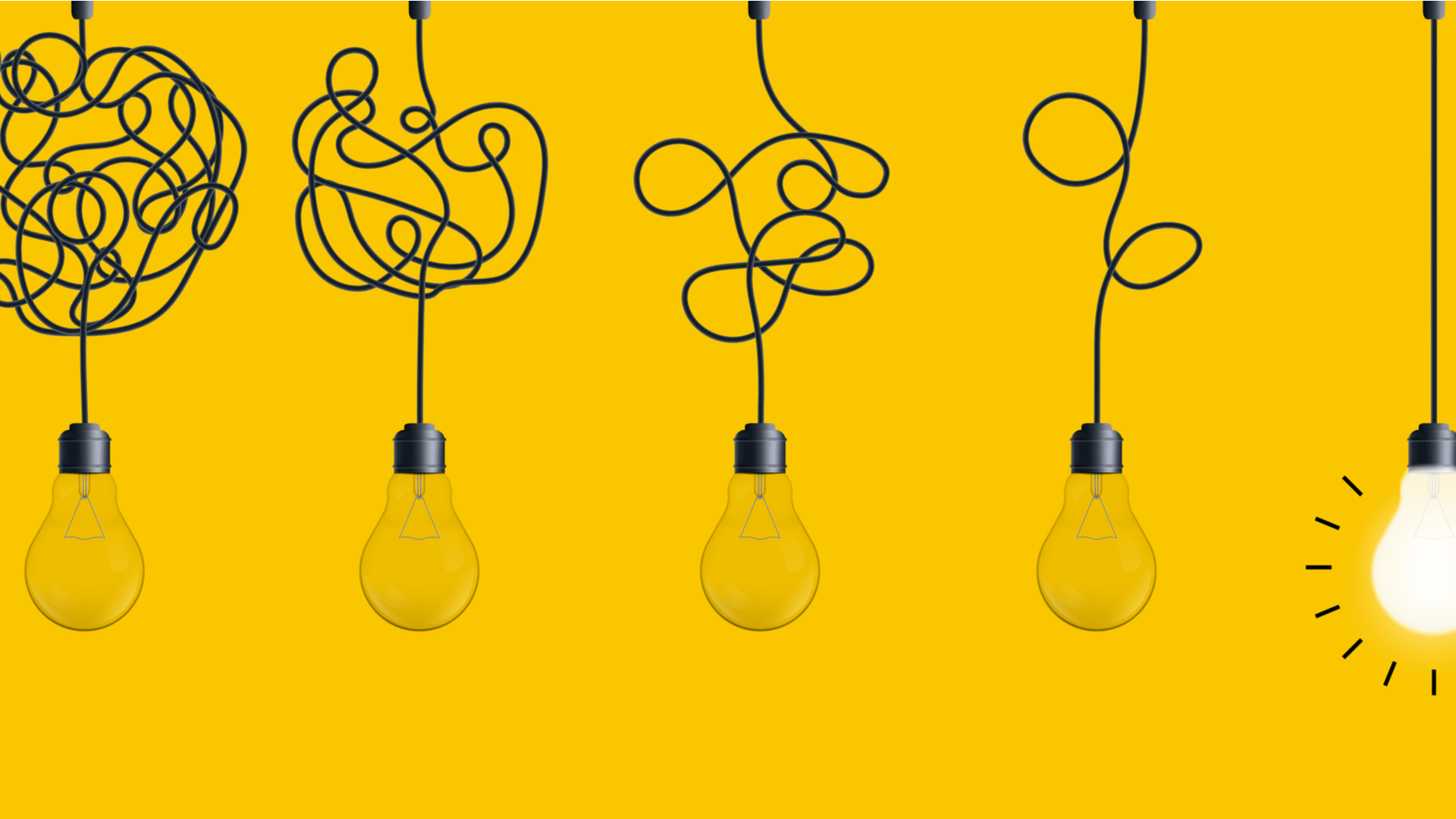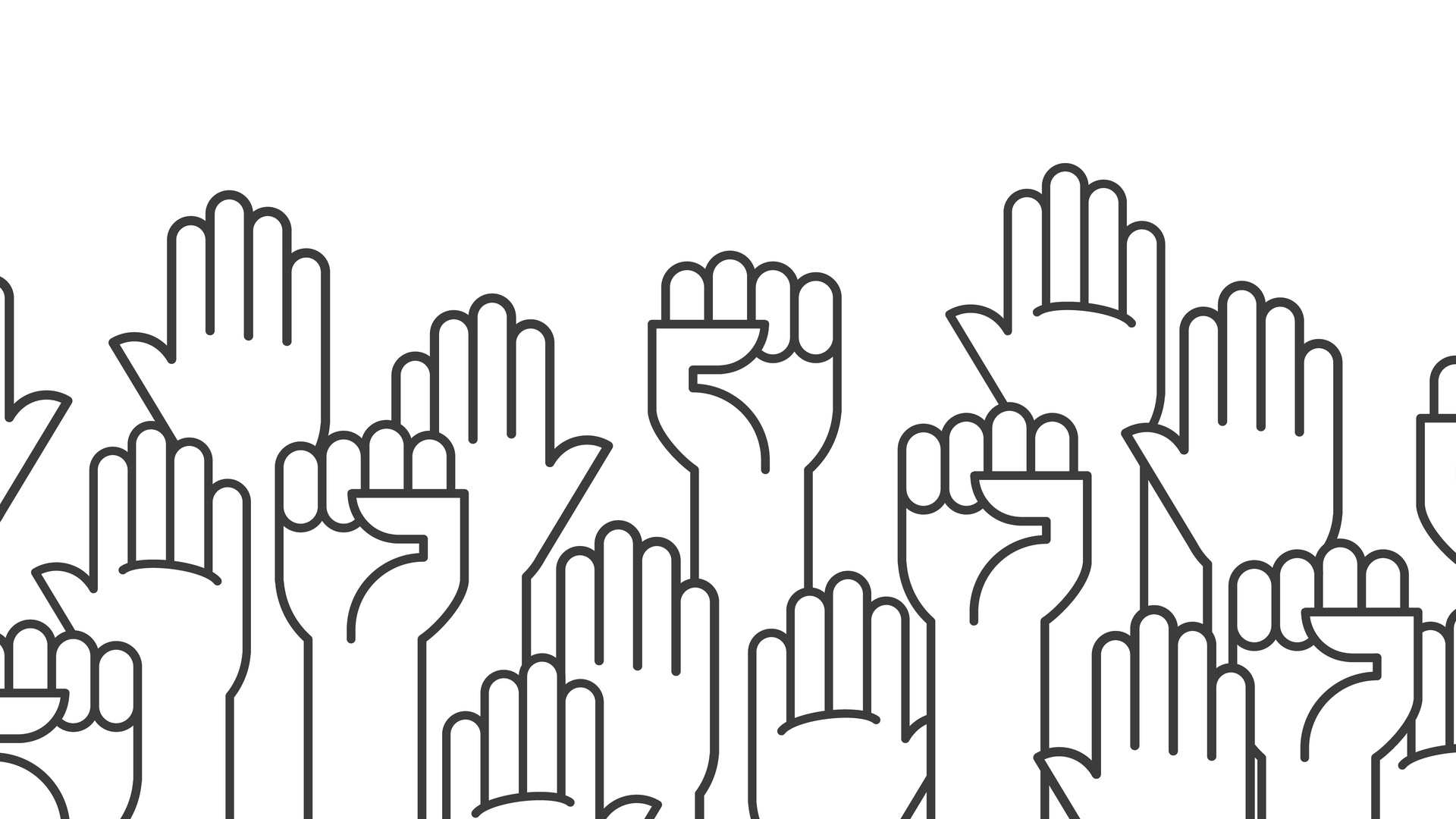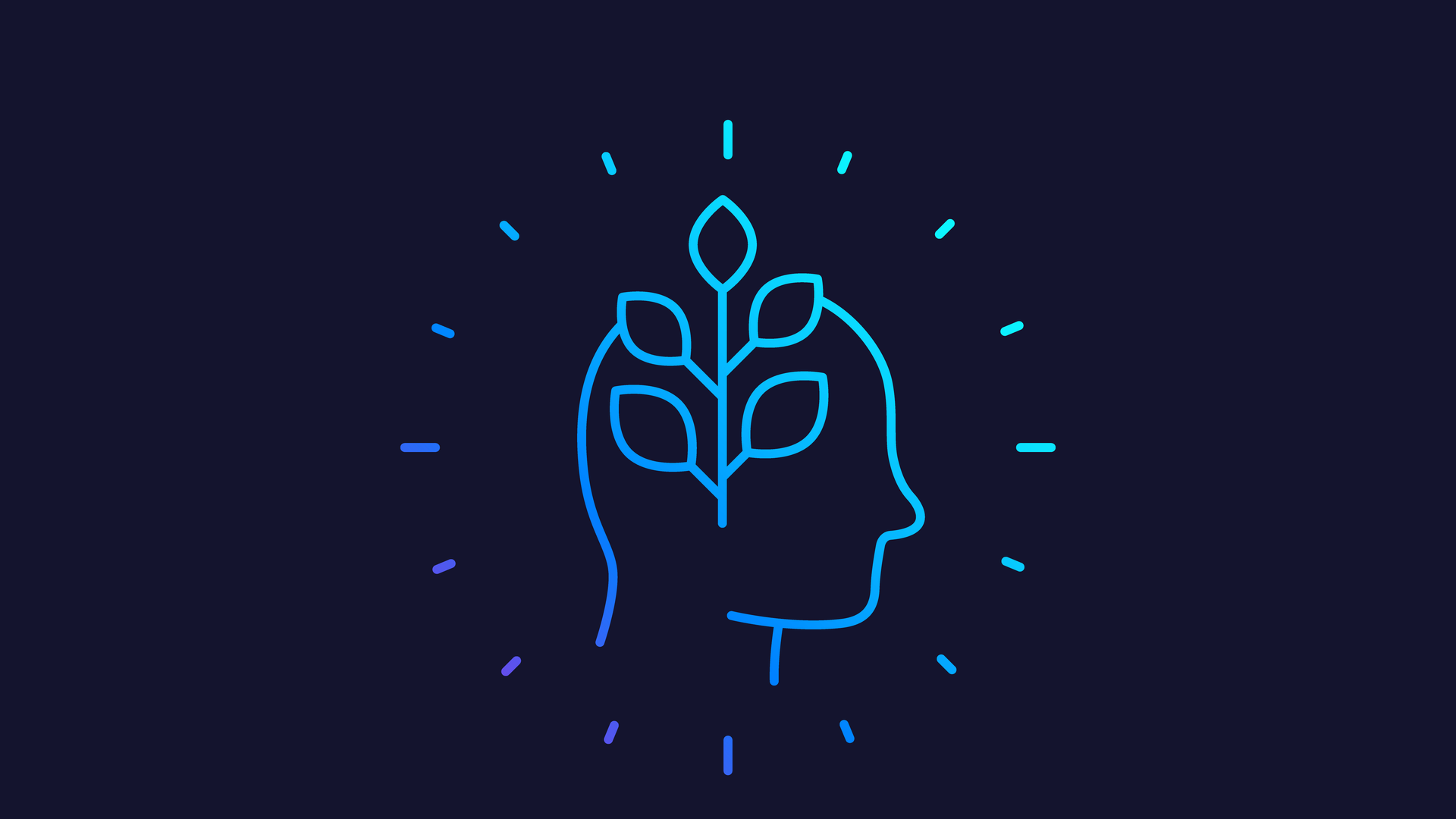Humane technology and humanity (part two)
30 Jun 22
In the second part of our two-part series, we look at three behaviours that we can embrace to empower society with humane technological solutions …
I’m sure many of you will be familiar with the wise words of American author and activist, Helen Keller, who said: “Alone, we can do little; together, we can do so much”. The same can be said about implementing humane technological solutions for the greater good. An engaged, compassionate, community with shared passions, goals, and the motivation to take action can make incredible things happen.
But we also need the ideal conditions to nurture our grand plans to save the technological world. We’ve looked at why respecting human nature, minimising harmful consequences, and centring on values is crucial for realising humane technology in the first blog but without creating shared understanding, supporting fairness and justice, and helping people to thrive, we can’t achieve the greatness that we aspire to. Read on to find out why …
1. Create shared understanding
Information technologies exist to improve people’s shared understanding and ability to make sense of the world around them. That’s the hope (in an ideal world, anyway). It might involve rummaging through the rubbish for the gems of truth to inform better choices but that’s life. So are the distortions that exist in the headlines that we read and the social platforms that we scroll. Except social media is adept at accelerating this skewed view. But this isn’t really news to any of us, right? It’s a systemic problem that has existed for years that needs a systemic solution when our own tools are increasingly leaving us dehumanised, overwhelmed, helpless. So, what can we do when complex challenges, such as climate change, economic debt, national security and social inequity need shared understanding? We endeavour to create a healthier information ecosystem that addresses the causes, the crises, and the conditioning of our minds and habits.
Key takeaway: Understand the causes and effects of warped perceptions, treat social media as a ‘funhouse’ as opposed to a mirror, and examine ways to fix the three Cs (causes, crises, conditioning).
2. Support fairness and justice
Just like humane technology can help democracy by encouraging shared understanding between people, justice is imperative for upholding the power of the people — and technology can either support or undermine us. And thanks to the disruptive effects of digital technologies, democracies are at risk. But, while by no means easy, there are things that can be done to make a positive difference. By getting comfortable with uncertainty, anticipating externalities and harms, forming relationships with users, especially with people affected by what we produce and those who promise justice and democracy, we can ensure that we are taking steps to tackle the big stuff.
Key takeaway: Take responsibility for the impact that output has on others.
3. Help people thrive
There’s no one simple definition for what it means to thrive. But what thriving is not throws up revealing truths about the contrary.
1. Thriving isn’t an end goal (it’s a direction and a process).
2. It isn’t a delivery (it’s a state of mind that we can support others to define for themselves).
3. Put your multiple devices down because it isn’t ‘stimulated’ downtime (say yes to genuine decompression instead!).
4. It’s not quick spikes of dopamine and short-term pleasure (however good it might all feel in the moment; it’s longer lasting than all of that).
5. Nor is it the absence or avoidance of pain altogether (because that doesn’t offer important opportunities to learn and grow).
A state of thriving grows as we balance our relationship between pleasure, pain, and meaning. It includes our capacity to experience beauty, creativity, gratitude and learning. It’s understanding what matters to you and living by your values, finding balance between yourself, others, and the world in the face of relentless change and uncertainty (while aligning with the Earth’s ecological ceiling and the needs of others). And technology needs to support these possibilities, while offering ample opportunity for mindfulness and self-clarity — as opposed to self-deception, impulsivity and distraction.
Key takeaway: Support others to thrive by protecting their attention and designing for intentionality and deeply meaningful experiences.
Think we can help you create digital experiences that can have a positive impact on people within your organisation? Get in touch.



SHARE: